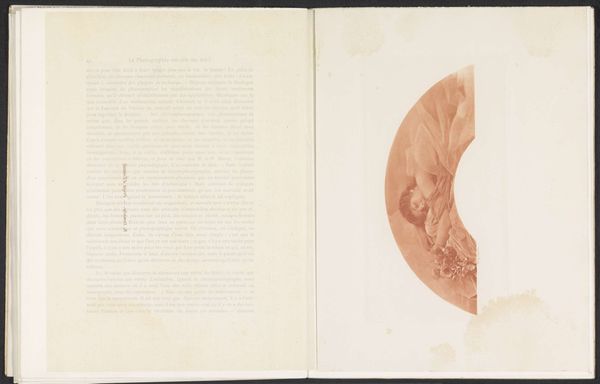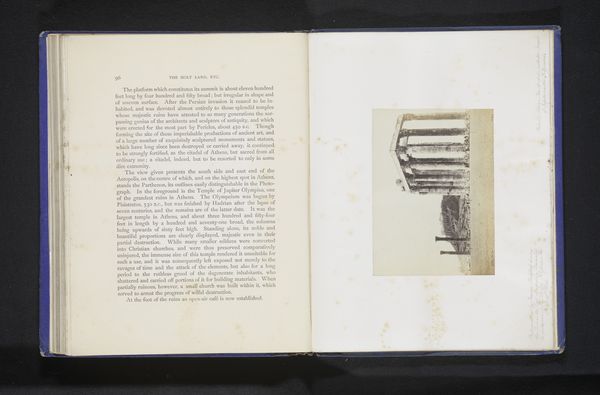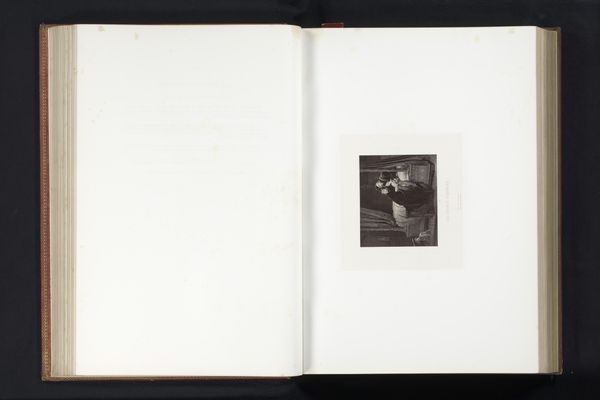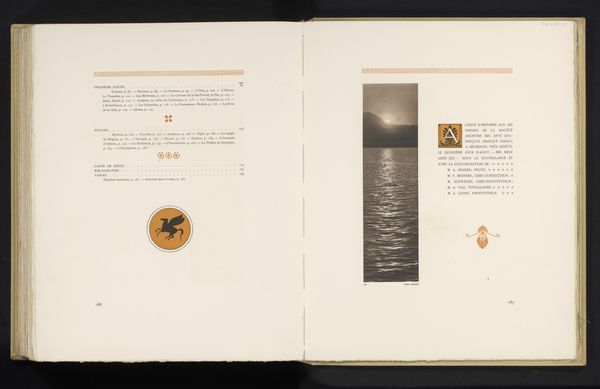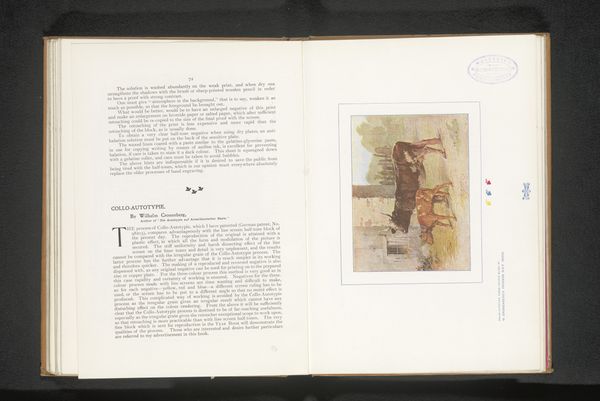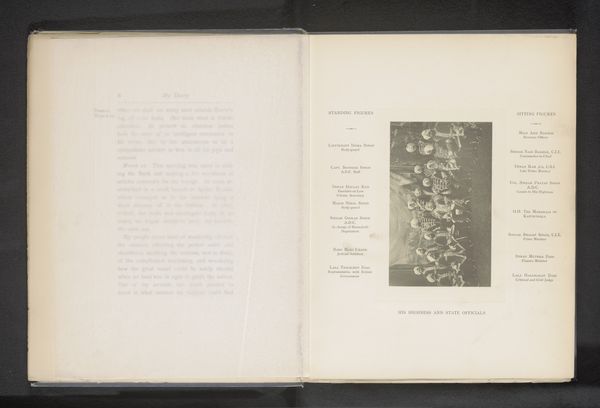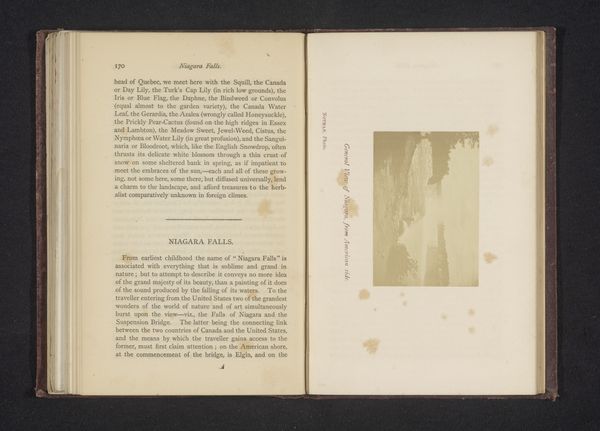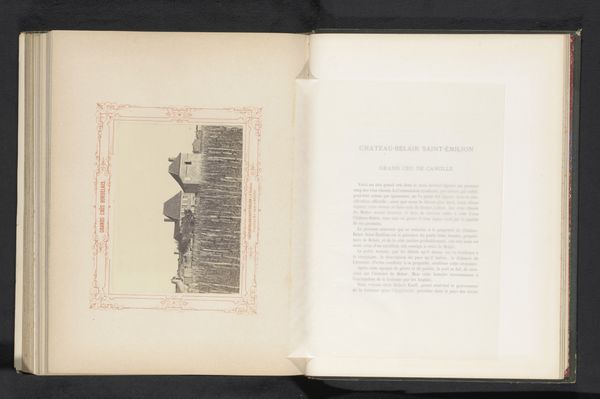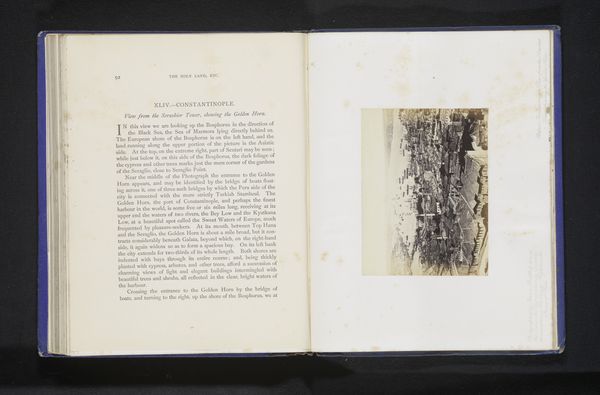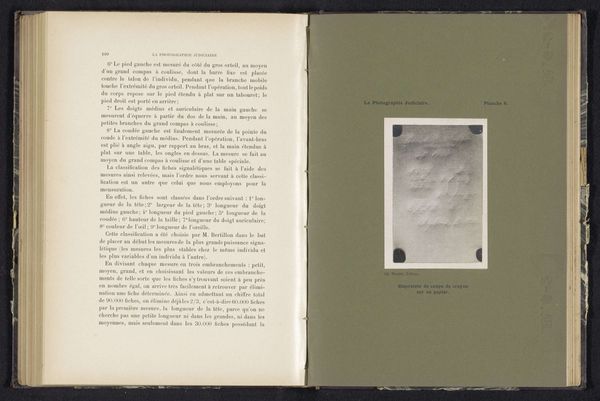
drawing, ornament, print, paper, ink
#
drawing
#
ornament
#
homemade paper
# print
#
ancient-egyptian-art
#
paper
#
ink
#
ancient-mediterranean
#
academic-art
#
miniature
Dimensions: height 177 mm, width 207 mm
Copyright: Rijks Museum: Open Domain
Curator: This is a reproduction of a design featuring four pieces of Egyptian jewelry, created before 1864 by Moulin. It combines drawing, print, and ink on paper, housed here at the Rijksmuseum. Editor: It strikes me as an exercise in reverence, carefully documented and placed onto the page. Almost like a study of captured treasures. The line quality has a definite handcrafted feeling to it. Curator: Considering its time, the reproduction speaks volumes about European fascination with ancient Egyptian craftsmanship. The medium used – the homemade paper and the printing process – signal a reverence for historical record-keeping. Were these destined for mass production, or academic reference, I wonder? Editor: Notice how each piece of jewelry embodies core Egyptian symbols: the bird, the radiant rectangular mosaic design. They carry centuries of cultural significance. Think of what these designs meant in their original context versus how they might be viewed in a nineteenth-century collection. Curator: Exactly, and it speaks to value assigned to these items as objects extracted from graves. How might that labor— the extraction, the cataloging, and ultimately, the ownership – contribute to the broader history of labor and display? These works also had an earlier life, reflecting wealth, status, skill, and identity of their Egyptian creator(s) . Editor: There’s a deliberate stillness conveyed in the image. These pieces speak about ancient lives and rituals, but in a silent way, almost like echoes resonating in time and carefully preserved by symbol. What a potent juxtaposition! Curator: Agreed, its silence might stem, too, from being representations rather than the actual items, but this document highlights the circuitous life of objects. These artifacts continue circulating even now. Editor: Looking at them this way adds new depth. Now I wonder who chose to preserve *these* particular images for future generations, and how might the life story of such reproductions affect those designs that continue living even now?
Comments
No comments
Be the first to comment and join the conversation on the ultimate creative platform.
